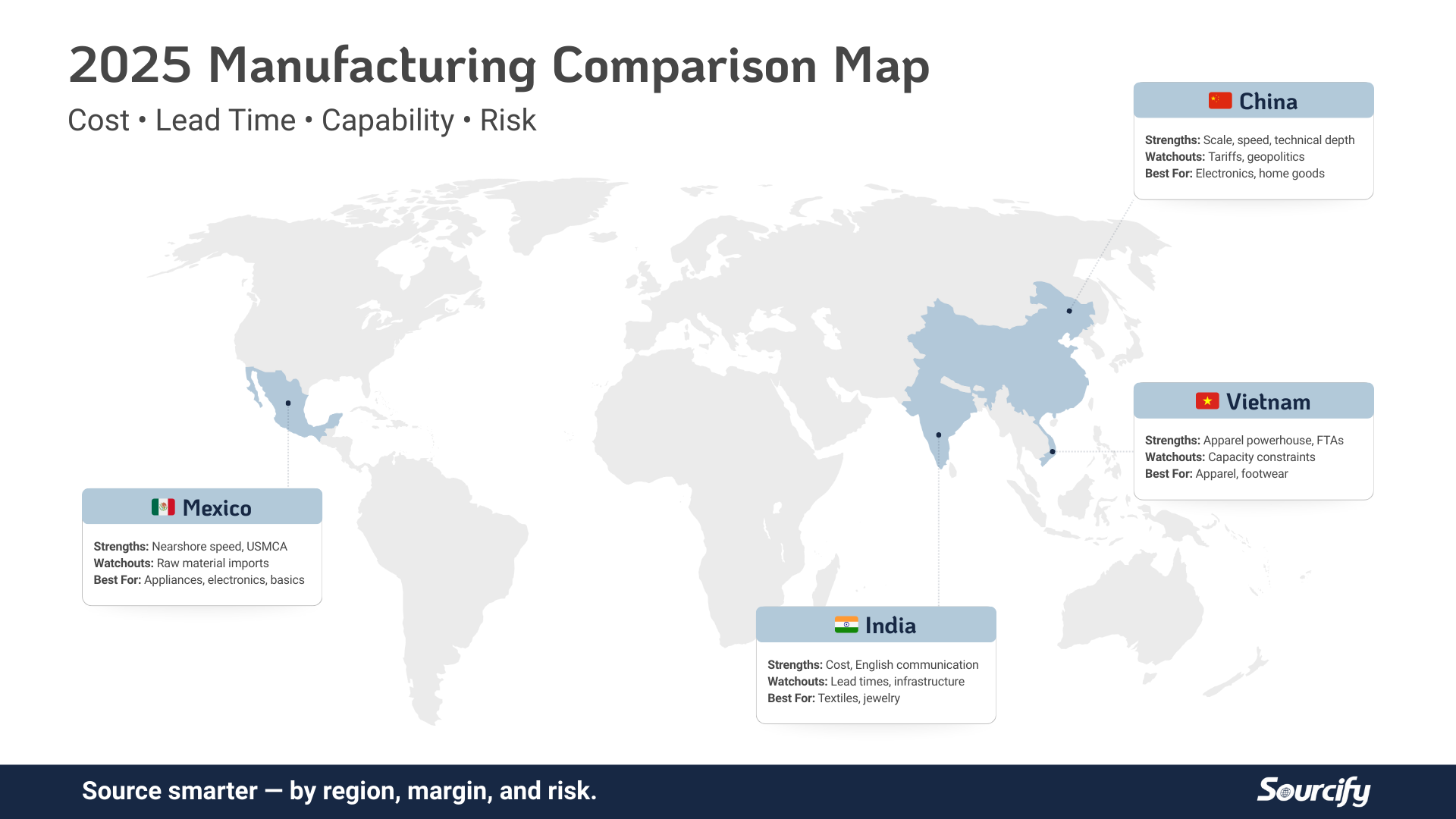The shipping and logistics industry is now experiencing an era of unprecedented disruption, with crippling ports and the uneasiness of China’s Yantian quickly spreading throughout the world.
Chinese export delays — which have increased to two weeks delays for vessels not canceling their Yantian call — pose a major threat to both retailers and consumers on a global scale.
Since the Yantian port has been operating at 20 percent of normal capacity due to Covid-19 outbreaks, companies will begin to experience difficulty in delivering packages and containers on time to customers.
Businesses will likely face significant material shortages, and despite one portion of the Yantian port opening back up, many believe that customers should still expect a 16-day delay in shipping. The US, in particular, has taken a major hit; ports struggle to cope, and as delays, congestion, and container availability problems continues to rise.
Disruption at China’s Yantian Port Stems From COVID-19 Outbreaks
Over the past few months, several positive COVID-19 cases were discovered in the surrounding city of the Yantian Port, greatly affecting the Yantian International Container Terminal (YICT).
On average, southern China’s Yantian Port handles more than 13 million twenty-foot equivalent units (TEUs) each year, making it a vital gateway port on a global scale. Yet as of right now, the port is operating at less than 30 percent productivity, and has been for several weeks.
On May 21, the port imposed strict quarantine and business operation measures to contain the virus among staff members. As a result, almost 40 container ships were ordered to anchor in the open sea just outside the terminal. For nearly three weeks, this disruption has caused shipping and delivery challenges for other countries, including the US and Europe.
In its latest update, Maersk Asia Pacific Managing Director Ditlev Blicher said that the bottleneck at the port continues to grow, causing the company to reroute nearly 80 shipping vessels to other destinations in an attempt to maintain schedule reliability.
In March of this year, the Suez Canal restricted operations for six days after the grounding of a 20,000 TEU container ship blocked all port openings. While this blockage lasted for less than a week, the Yantian debacle enters its third week, with still no insight for the coming weeks.
Port Congestion Continues to Worsen
As of right now, several global leading container lines plan to skip Yantian port calls to ease pressure surrounding the area. Likewise, some vessels might be re-routed to other port destinations. In recent months, bottlenecks caused by increased demand for consumer goods have resulted in global container shipping rates climbing to unprecedented highs.
In late May, Yantian port no longer accepted container ships loaded with exports, leading to a heavy backlog in the container yard and congestion outside the port. On May 31st, Yantian had partly resumed operations, but by that time, over 23,000 containers were on hold to be exported.
As a result, the rates of container freight moving from China to Europe reached an extraordinary $10,627 in the first week of June. Maersk, world’s leading container line, previously warned that it expects delays and congestion to last anywhere up to 14 days.
Additionally, Maersk went on to estimate operations in the eastern Yantian terminal would continue at approximately 30 percent of their normal production level. The situation at Yantian causes exacerbating tension with global supply chains which could take many months to resolve. Even now, European retailers are worried about a shortage of goods ahead of Christmas shopping.
The UK, for example, typically acquires seasonal stocks from China at the end of summer to prepare for the holidays. But with the congestion at Yantian, lead times are extremely slow and it’s hard to tell when things will go back to normal. To stay on top of changes, many companies are advising consumers to do their Christmas shopping as soon as possible.
How Shipping Companies Are Moving Forward
As major shipping firms continue to inform their customers of the growing delays and congestion, businesses are reworking their shipping strategies to avoid calling at Yantian.
“The local government is paying great attention to the disinfection measures at Yantian, as right now is the busiest season for exports and Yantian is one of the biggest transportation hubs for European and American lines,” said an individual associated with the Yantian port.
Chinese authorities and shipping companies continue to reroute vessels to nearby ports, such as Guangzhou’s Nansha port and Shenzen’s west port, both of which are operating under normal conditions.
How the Yantian Port Situation Might Affect Your Supply Chain
With Yantian Port being the third biggest port in Asia, the result of the strict business operations has been a major disruption to the shipping industry. Worsening conditions with delays and congestion remain, and company supply chains are already preparing themselves.
While current reports are still changing, container shortages and waiting times continue to get delayed. Furthermore, large shipping vessels still await their export out of China.
Reopening portions of the Yantian port has no doubt had a positive impact on the situation. But such drastic circumstances cause a ripple effect, and schedule delays are still impacting the wait time of container exports.
This situation might put pressure on weak supply chains, affecting business on a global scale.
Even before the Yantian situation broke out, companies were already suffering the negative impacts of COVID-19 on supply chains, particularly in China. And if there’s one thing the pandemic has made businesses realize, it’s how reliant everyone is on China.
Today, companies continue to monitor the situation both at Yantian Port and in neighboring ports.
Waiting times in Hongkong, Nansha, and Shekou average anywhere between two to four days, but with more transporters excluding Yantian, this number is expected to increase. The top container lines are still deciding which ports to reroute to, all while trying to minimize supply chain delays.
Image Credit:
- Featured Image, Pexels




